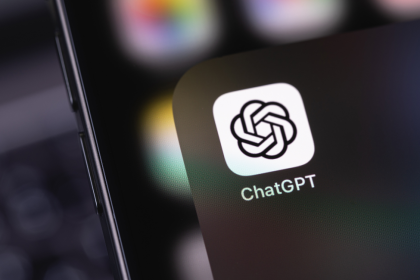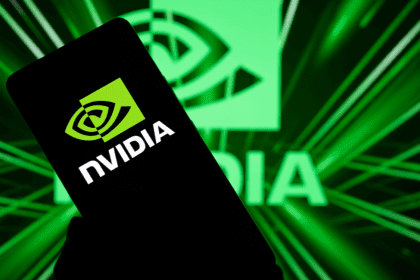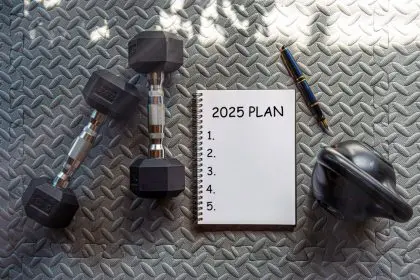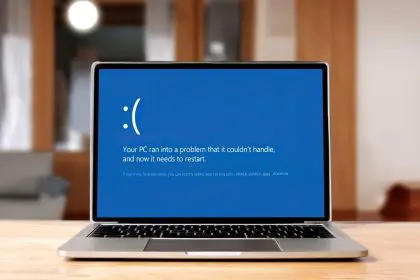Google is taking the No. 1 online search engine to the next level with the help of artificial intelligence. The company recently announced the arrival of Bard, a conversational chatbot developed to give users more specific details when virtually seeking guidance.
For more information on Bard, Google product leader Jules Walter stopped by rolling out.
What exactly is Bard?
For context, Bard is Google’s large language model, and it’s an experiment. It lets people collaborate with generative AI, whether to brainstorm ideas, get creative inspiration, or boost their productivity. We launched Bard roughly six months ago.
In that time, we’ve been investing and improving the products and getting feedback from people to understand how they want to collaborate with generative AI. To give you some context and examples, some of the questions we’ve been asking about how to make Bard more capable are things like, “How do we help Bard see?” That’s led to investments such as [allowing] Bard to see images you can upload, understand what’s in the image, and start conversations around that.
It’s also asking questions such as, “How do we bring Bard to more people [worldwide]?” We’ve invested in making Bard able to speak more than 40 languages so that you can speak in your own language. Also, “How do we help connect the magic of generative AI to the everyday tools that people use – tools like Gmail, Google Docs, Maps, YouTube, and so on?” We’re excited to have people try this out and give us feedback so we can improve it.
What do you want to tell people who fear AI taking their jobs?
We hear that feedback and those concerns from people.
What motivates us is the opportunity for people to make life simpler and help you collaborate. Google is focused on pursuing that opportunity in [a responsible way].
We usually [take] a bold and responsible approach. We invest a lot in safety for these products, and we’re taking our time to roll out those changes so that we really see the value.
This introduction would make plagiarism easier. How would you prevent students from doing that?
It’s something we think a lot about. To give an analogy, back in the day, calculators were an example where people [were also concerned].
There are benefits to it, but there are also concerns.
As we think about Bard, specifically in the context of schools and education, [we continue working] with educators, parents, and others to get feedback. Also, [we’re taking] a responsible approach to helping students [learn] and explore their curiosity by getting help, like proofreading for [essays], but that actually enhances their learning.















